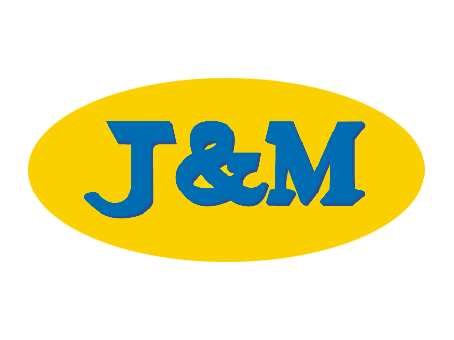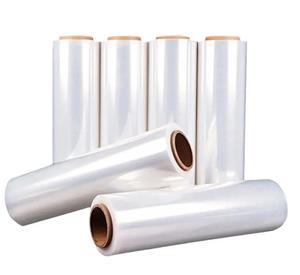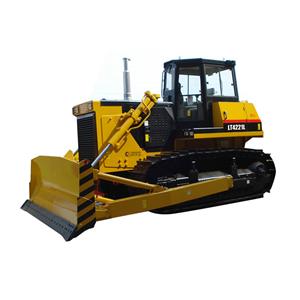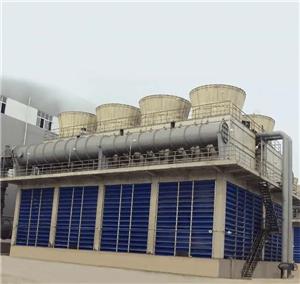How to maintain the engine cooling system?
After the cooling system works for a certain period of time, various dirt will inevitably form inside. There are many differences in the types of dirt due to different factors such as use conditions and maintenance. For most vehicles, water is usually used, and antifreeze is used only in low temperature conditions in winter. In this case, rust and scale-based dirt are prone to appear; for vehicles that use antifreeze for a long time, scales will appear. And gel-based dirt. Other components of dirt include: ①Acid formed by degradation. For example, failed corrosion inhibitors, oxidized ethylene or propylene glycol, etc. ②Heavy metals. ③Hard water impurities. ④ Physical impurities. For example, foreign materials (dust, sand, etc.) and precipitated additives. ⑤ Electrolyte. There are three main failures of the engine cooling system: (1) The engine water temperature is too high or even boiling. (2) The engine water temperature is too low. (3) The cooling system leaks. There are many reasons for the overheating of the engine. The most common reason is the accumulation of dirt, scale, gel and other dirt in the cooling system, which blocks the water channel and reduces the heat dissipation effect of the cooling system. In the past, the usual way to troubleshoot this type of failure was to disassemble the water tank for replacement, but the facts have proved that the situation of many cars has not been improved as a result. Engine cooling system leakage mainly includes water tank leakage, upper and lower water pipe leakage and cylinder gasket leakage. Disassembly-free solution for major failures of cooling system 1. Solutions to high temperature faults For the engine overheating failure, especially the problem caused by excessive dirt, the cooling system cleaning agent can be used to deal with the problem with special equipment. 1.1 Selection of cleaning agent When choosing a cleaning agent, there are three principles for reference: 1.1.1For most precipitation and corrosion, it is better to use a slightly acidic cleaning agent. 1.1.2If the gel is not hard, it can be cleaned with alkaline or non-corrosive cleaners (acid is better, but alkaline cleaners can achieve the effect). 1.1.3For oily impurities in the cooling system, acid cleaning agents are used to complete this task. Comprehensive consideration of the above three principles, plus the dirt in the domestic automobile cooling system in China is mainly precipitated, oily impurities and rust, using acidic cleaning products (for example, the 60119# cooling system high-efficiency cleaning agent launched by the United States Willish ) In order to fully meet the requirements of the current Chinese market. At present, most of the cooling system cleaning agents in the market are alkaline, so it can only meet the needs of a small number of cars. 1.2 Processing method After connecting the equipment to the car, add the product to the engine cooling system to ensure that it works for about 30 minutes when it reaches the normal operating temperature, and then use the equipment to completely replace the old antifreeze. 2. Solution to leakage failure 2.1 Situation analysis There are two main types of leakage in the water tank, one is granular and the other is strip. The leakage of upper and lower water pipes is mainly due to cracking and aging after the damage is eliminated; the cylinder head gasket is mainly caused by water leakage caused by various reasons, and water entering the oil circuit. 2.2 How to deal with water tank leakage There are currently two categories of products that prevent water tank leakage in the Chinese market. In terms of working principle, one is a plugging agent and the other is a stopper. What is the difference between them? The plugging agent product is a chemical substance with properties similar to fillers, which can block all the leaking parts. The anti-leak agent product is some plant fiber, which uses surface tension to block the leakage, and then fixes it in the leakage position under the action of the curing agent to ensure that there will be no leakage in the future. For the leakage of the water tank, you can directly add the water tank anti-leak agent product, and do not add the leak-stopping agent product.




